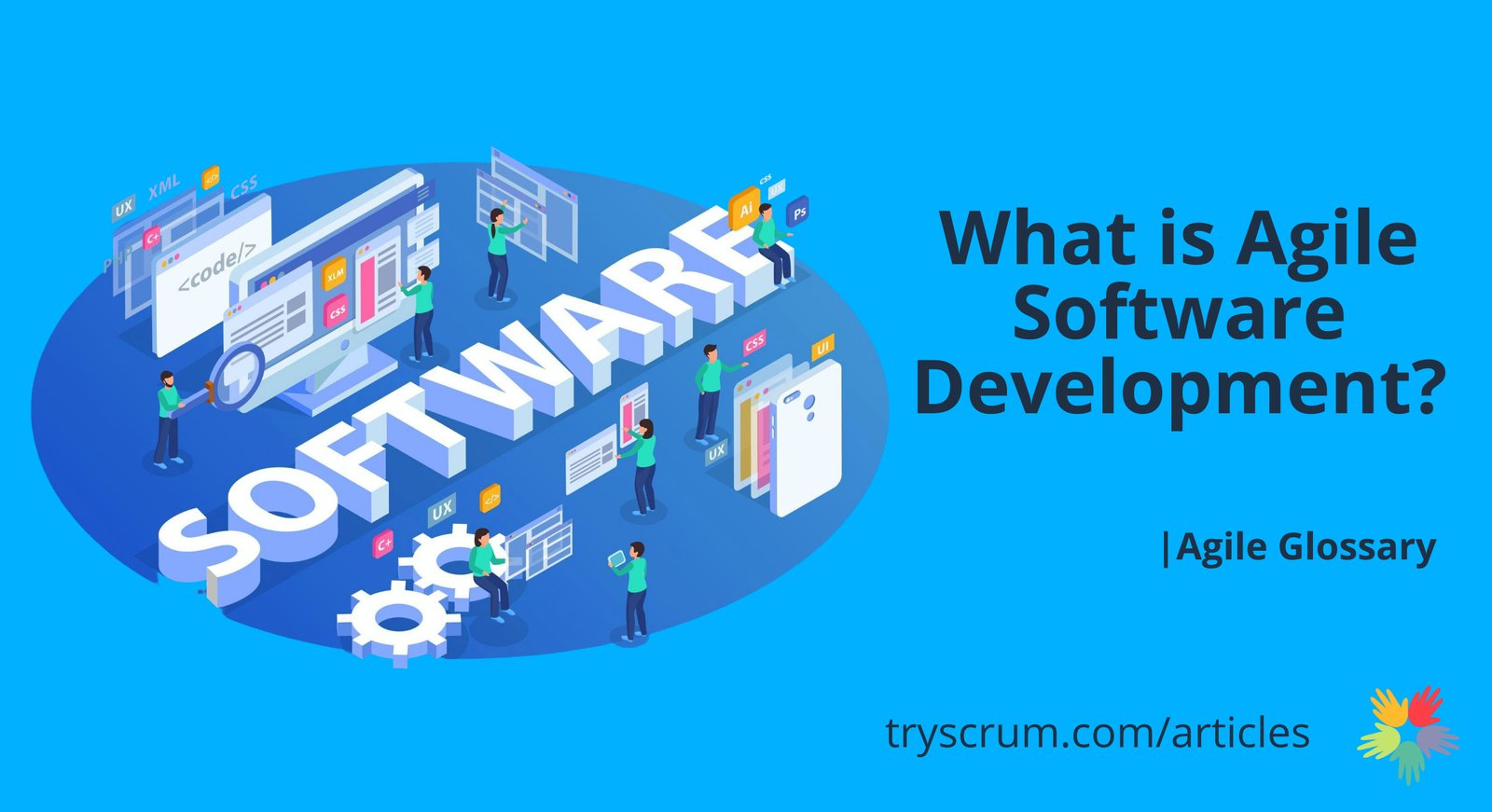Agile software development is a flexible and collaborative approach to creating software. It emphasises working in small, iterative cycles to deliver continuous improvements. Instead of following a rigid, step-by-step process, Agile teams work closely with customers and adjust as needed, ensuring the final product aligns with users’ needs.
At the heart of Agile are values and principles outlined in the Agile Manifesto. These values promote collaboration, adaptability, and a strong focus on delivering working software frequently. Agile is not a methodology; it’s an umbrella term for a group of methods and frameworks that include Scrum, Kanban, and Extreme Programming (XP), all aiming to improve the speed and quality of software delivery.
Key Agile Concepts
Sprints
In Scrum, work is done into short, manageable cycles called sprints, typically lasting not more than a month. At the end of each sprint, a usable piece of software is delivered, tested, and reviewed by the team and stakeholders. If it makes sense, it is released to end users which helps gain faster feedback.
Backlog
The product backlog is a prioritised list of features, tasks, or bugs that need to be worked on. Teams regularly review this list, selecting the most essential items to work on during each sprint.
Daily Scrum
Scrum teams conducts daily scrum, to discuss progress, any roadblocks, and plans to move towards the Sprint Goal. This ensures everyone stays on the same page and .
User Stories
User stories are brief and simple descriptions of a feature or requirement from the user’s perspective. They guide the development process, focusing on the end user’s needs rather than the technical details.
Retrospectives
At the end of each sprint, teams conduct a Sprint retrospective event to discuss how to improve the effectivesnesss of Scrum Team. Typicaaly teams discuss what went well, what didn’t, and how to improve in the next cycle.
Conclusion
Agile software development has become the go-to approach for many teams worldwide, offering a way to stay responsive, collaborative, and efficient in the fast-changing world of technology.

































